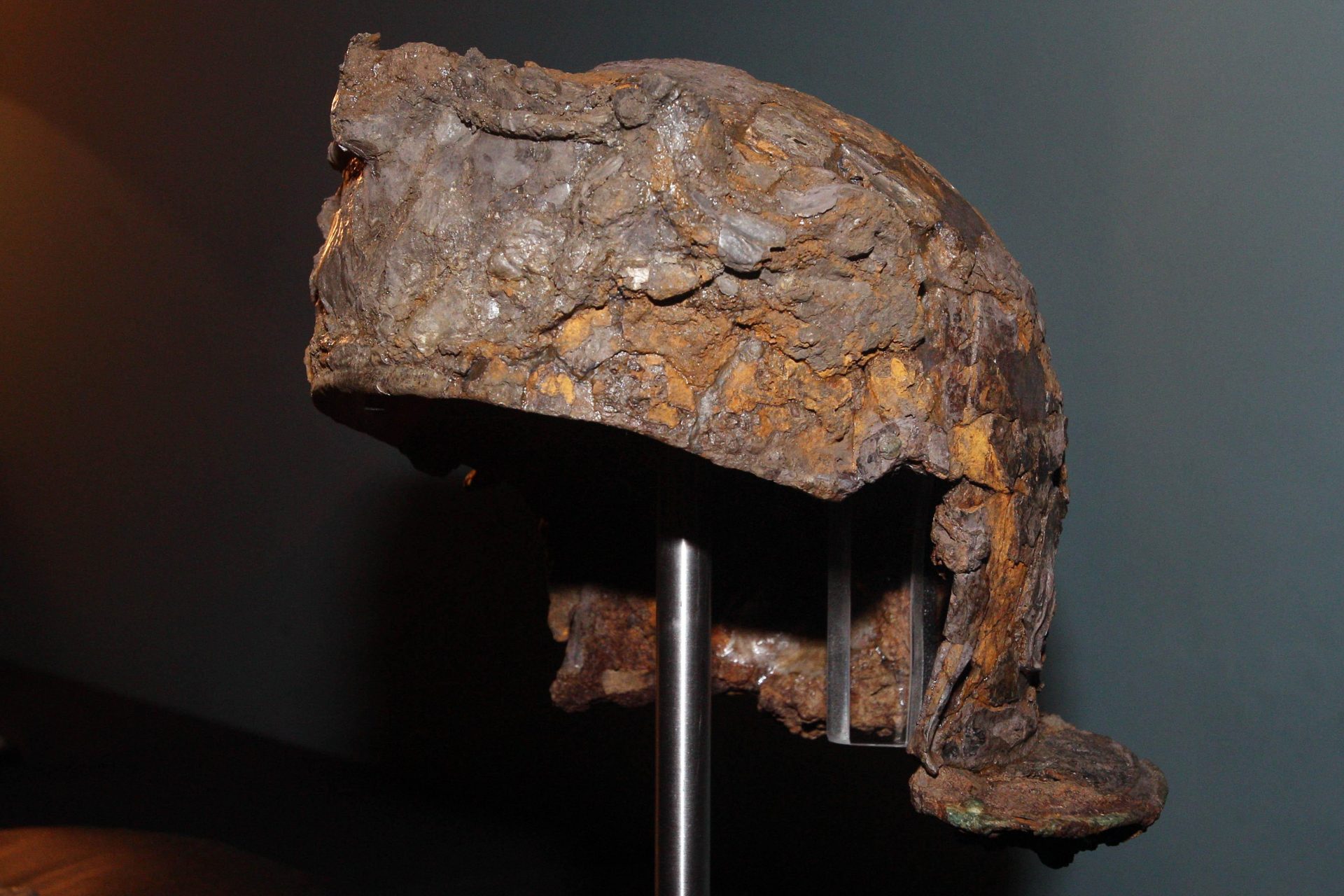John Deere wants to make the leap from tractors to satellites
Companies know keeping up with the times is important, as it may be essential to survival in an ever-changing world. That is the case with John Deere. The multinational agricultural machinery manufacturer will now include satellite technology in its business strategy.
The American company, based east of Moline, Illinois, has over 180 years of history. It was founded in 1837 by a blacksmith from the American West named, precisely, John Deere.
Currently, the company operates as Deere & Company. Its catalog includes the sale of tractors, combines, balers, seed drills, quads, forestry equipment, garden maintenance equipment (from chainsaws to snowplows), and construction equipment.
It also has two divisions: John Deere Argentina, which started up in 1894, first imported by AGAR & Cross SA, and John Deere Ibérica, based in the Community of Madrid, in Spain, although it began with the sale of this type of agricultural machinery in Valencia in 1953 in association with Ricardo Medem Gonzálvez, a local businessman.
Throughout its history, John Deere has become a leading company in the agricultural machinery sector, but it does not want to stop there, and now, it has set its gaze much higher: at the stars.
Jahmy Hindman confirmed it in an interview with CNBC. The CEO assured that John Deere will invest in satellites and that the company is looking for partnerships in the sector.
"We really have been focused on trying to solve connectivity globally. We look at the burgeoning efforts happening in low Earth orbit satellites as an example – potentially – for us to start solving some of those connectivity issues," Hindman told CNBC.
In September 2022, they announced the search for allies on this commitment to space technology focused on satellite communications (SATCOM).
"We believe SATCOM will unlock significant opportunities in agriculture by enabling farmers to take advantage of innovative technologies that rely on real-time information and communication," Lane Arthur, John Deere vice president of data, applications, and analytics, said in a company statement.
"Autonomous tractors benefit from real-time communication through the John Deere Operations Center, as farmers use the app to start and stop the machine, monitor the job it’s executing, and determine what it should do when it encounters an obstacle," Arthur added.
In the first phase of its project, Deere would seek a strategic partnership with suppliers to connect new and retrofitted machines through satellite service and ruggedized satellite terminals.
The objective is to allow John Deere customers "to be more productive and efficient, and increase food and fuel production for their communities and the world's growing population."
"As SATCOM plays an increasingly critical role in deploying new innovative technologies, vendors have the opportunity to benefit from the financial and experiential advantages of collaborating with Deere by being at the forefront of this connectivity effort and obtaining key learnings to apply to future projects and use cases," they say.
All these innovation programs are considered within the margins of its standard catalog of products, applying new technology to its agricultural machinery. It uses these satellites to improve the efficiency of its tractors, harvesters, balers, etc.
As Hindman explained, they will create a map that farmers can use better to track their crops' geospatial productivity and yield.
Farmers can use the data collected by their See & Spray device to find out how much of the farm still needs to be fertilized, but John Deere wants to go a step further with its satellites, giving even more accurate information.
With all this, John Deere makes an essential commitment to the efficiency of its machines so that they are increasingly automated and using resources offered by the times, such as artificial intelligence (AI), Deep Learning, and the use of cameras and sensors.
The company claims one of its aspirations is to have an autonomous agriculture system that can be applied to row crops by the decade's end.
They also hope to connect about 1.5 million machines and 202 million hectares of farmland to its Cloud-based Operations Center, which is expected to be done in the short term: around 2026.
Nothing escapes new technologies and, even more so, if they serve to improve the lives of users and, as in the case of the John Deere project, the effectiveness of its products, something that will also help to become even more of a leader within its sector.
More for you
Top Stories

































